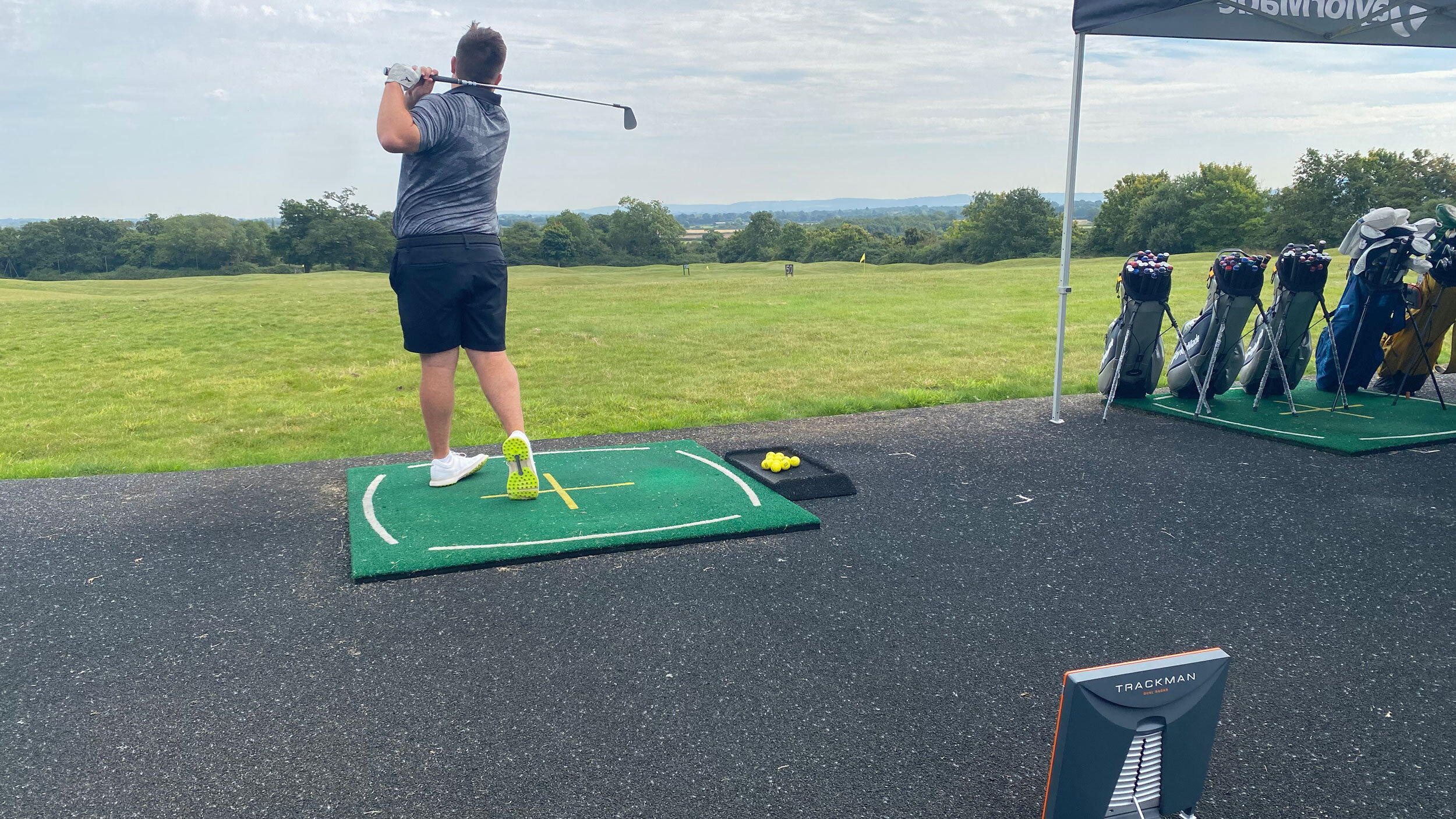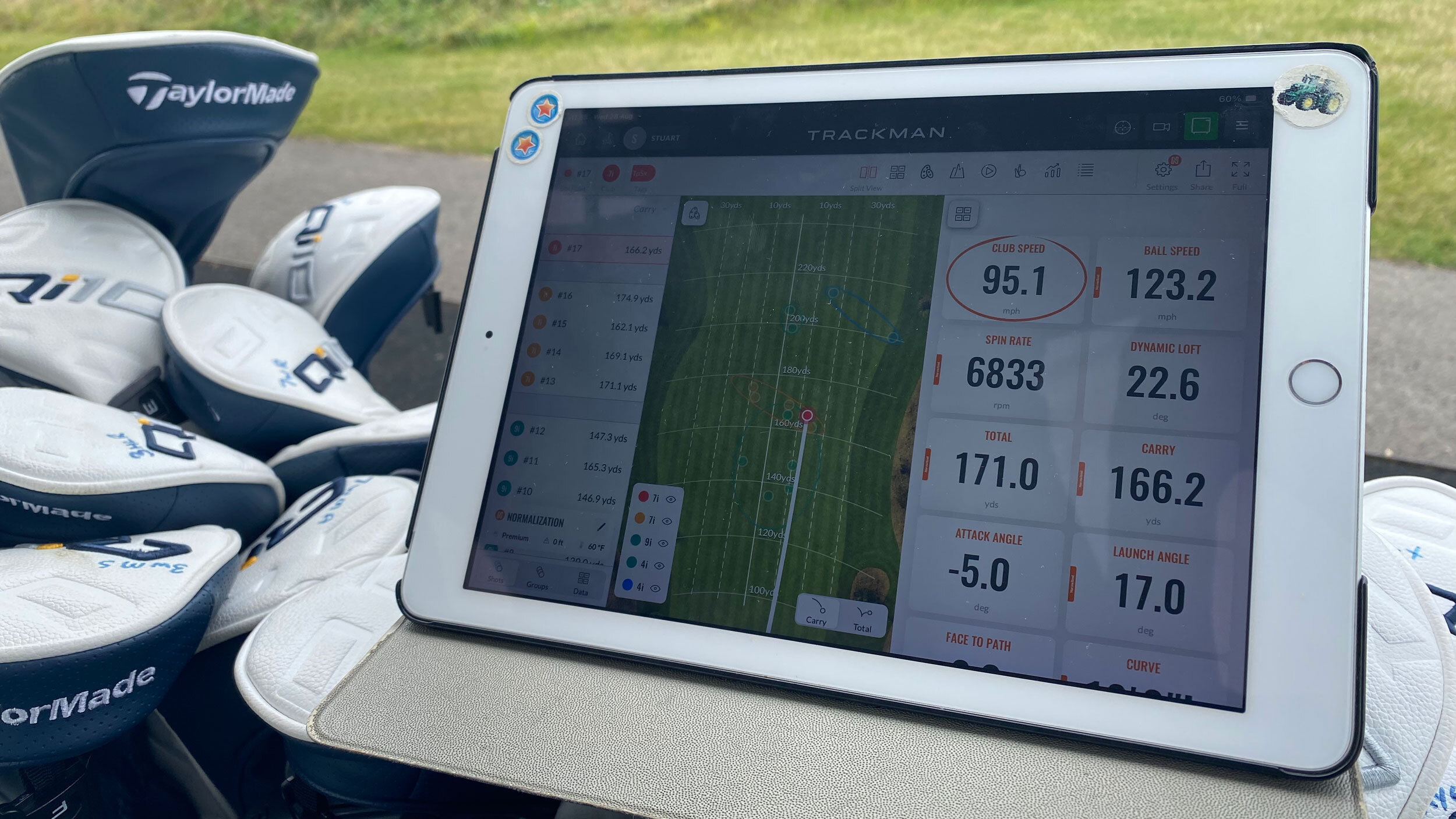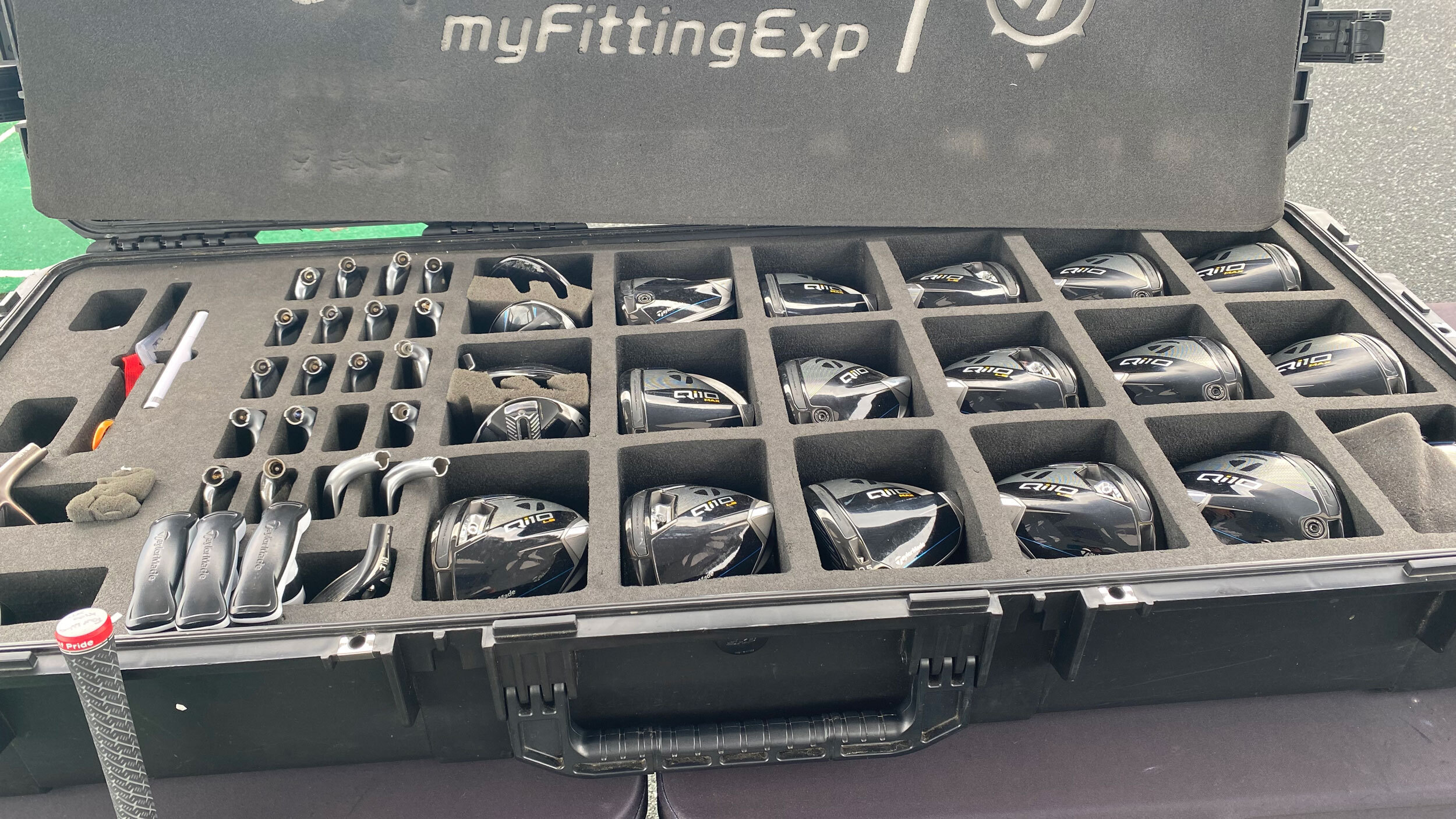
When the chance to getting fitted for new golf equipment comes around, we act like kids at Christmas regardless of what level we play the game at. Not only are there shiny new clubs to hit, but an array of shafts, models and opportunities to take your game to the next level. And I was in need of some help...
I hold a 3 handicap and have used the same set of irons since the end of 2013 - a very tired set of Mizuno MP54s with shiny grips and rust gathering rapidly on the shafts (and in my ball striking). They've created plenty of memorable shots but like your favorite items of clothing, things change and they soon don't work like they used to. So it was with a heavy heart I sought to discover what modern technology could do for my game.
TaylorMade has just launched some irons aimed at the better player, notably the P7CB iron and the P770 iron, so this choice of brand made sense to me. I admittedly went into the iron fitting slightly nervous and almost like I was having to reinvent the wheel. To begin with, I couldn't actually remember the specs of my MP54s, all I knew is they looked dishevelled, consistently went to the left and the distance was as unpredictable as the weather on a British summer day. As a result of this, my main goal was a set of irons that would narrow down my dispersion and make my yardages more consistent.

It's important that you convey what you want from your new clubs to the fitter as you are wanting to use the time you have as effectively as possible. This speeds up the process of getting the combinations of head and shaft that will suit your game and preferences.
Being a lower handicapper, it's unlikely that I would need a set of game improvement irons, and the two aforementioned TaylorMade irons rank highly among the best irons for low handicappers. Along with the stunning aesthetics, what instantly stood out was the difference in feel between a club that is 11 years old and a club that is fresh out of the wrapper and constructed with modern tech and materials. The MP54s felt lethargic in comparison to the two TaylorMade irons, which felt infinitely more solid and left a very positive first impression.
From my perspective, the looks, feel and flight were three key areas that I was looking at when striking the irons, but there's no denying that the data collected helps the decision-making process. I thought I knew a fair amount about golf but, when getting fitted, the amount of information being thrown around is truly astonishing.

The numbers from the Trackman 4 launch monitor tell the story, as I was looking to find the optimum window for spin, as well as consistent numbers for ball speed and distance. Overall, though, my tip is to make sure you're happy and comfortable with the club because, put simply, you're the one using it. The numbers give a good indication of what works best, but if you're not comfortable with the visual or hitting experience, is it worth forking out for a set to go in your bag? Chances are, the answer is no!
After trying both the P770 and P7CB irons, I opted for the P7CB due to the fact that it felt a little softer off the face, whereas the P770 was livelier and had the odd shot that went a few yards further than the rest. Also, for me, the P7CB had a tighter dispersion and consistent distance, whilst the compact looks at address made the ball appear bigger.
What I especially liked in the testing was the way it ebbed and flowed. Working with TaylorMade's Experiential Technician, Stuart Gauld, I would hit around five to seven shots with one club, chat about how it felt, then we would change the shaft and repeat. In total, there were seven different shafts used and all varied in weight, which allowed me to monitor the ball flight, control and feel.
You may think that, having used the same iron for over 10 years, I'd have opted for a similar feeling iron, but my final decision was a club that felt completely different to my current set. This is something that some may find surprising, but this is why I believe a fitting is so important. It really showed what I was missing out on, especially as I decided to add a 4-iron to the bag (a club I've not used previously), as both myself and Stuart agreed it'd be more beneficial to my game.

Where the fitting really opened my eyes, though, came in the form of the fairway wood testing. Again, like my irons, I have had my woods for over a decade and, much to the amusement of fitter Stuart, they feature stock stiff shafts that are more like regular flex. So, with the full TaylorMade kit present, it was only right that I gave the Qi10 range a try.
Given that I now have new irons and have added a 4-iron to the set-up, the gapping of the clubs will be slightly out. Consequently, my fairway woods will need adjusting and, after trying out the 7-wood, I then had a go with a Qi10 Tour 5-wood. After cranking it down and moving the weight around, I instantly found an extra 15-yards of distance and reduced the spin numbers by 1000rpm over my current gamer - a significant jump!
What amazed me most was how the sliding weight influenced the distance and the flight. I've obviously seen the weight system in other clubs and, in my opinion, I've always felt it to be a tad gimmicky. However, I couldn't be more wrong with the Qi10 Tour fairway. The wood felt like a rocket off the face and, thanks to the weight being moved about, it really did influence the distance in what was, essentially, a cranked down 4-wood.
In conclusion, I think every golfer should have a fitting at least once in their life. Even though I am a low handicapper, I still learnt a lot about my game and, with the way technology is changing the golf club performance, it's a real eye opener. The excitement I'm experiencing waiting for them to arrive is priceless and I know they are going to have an immediate impact on my scores. Next stop, scratch...







